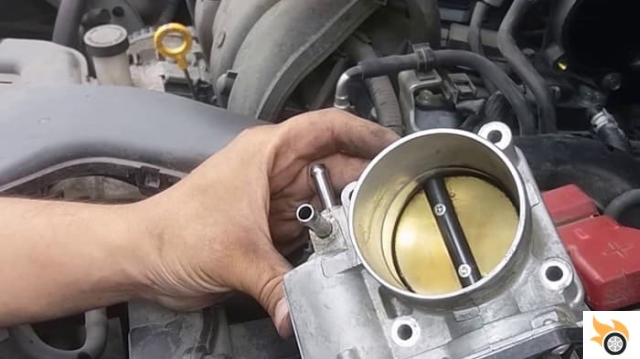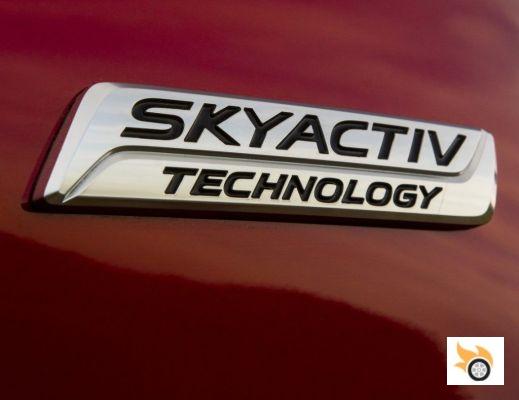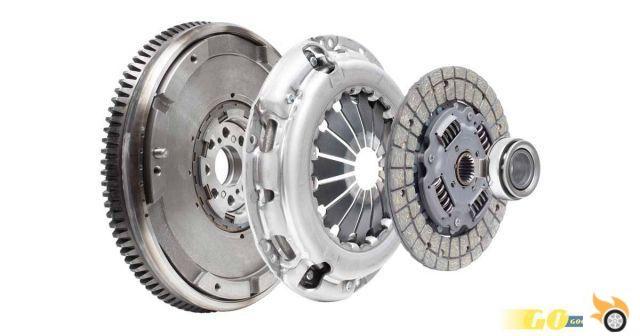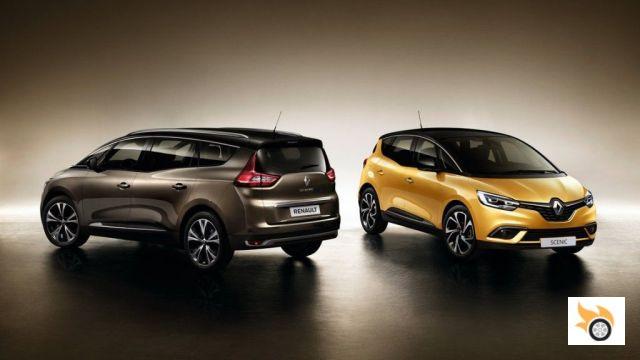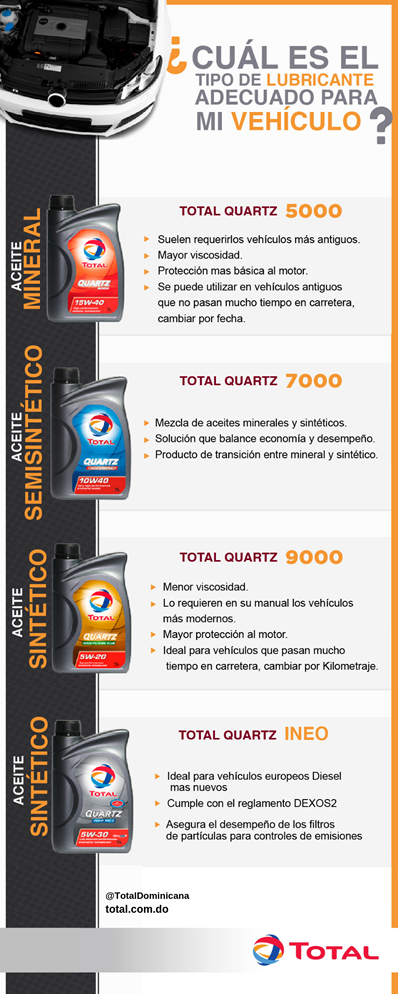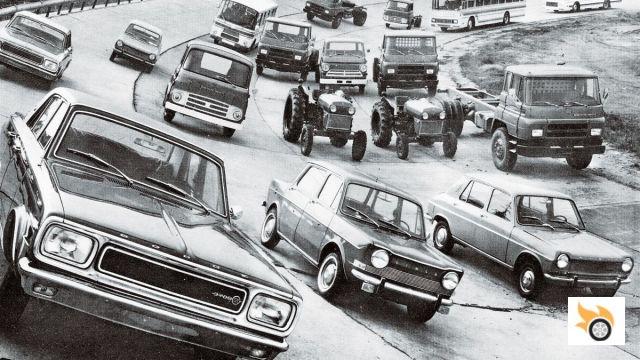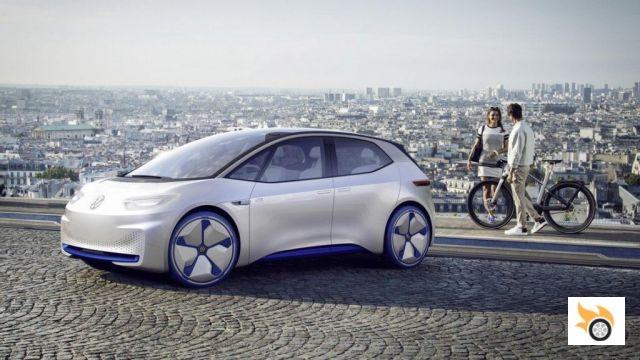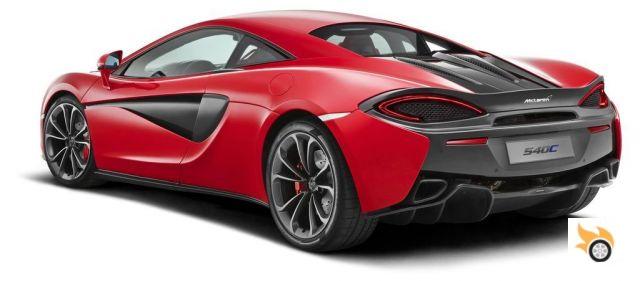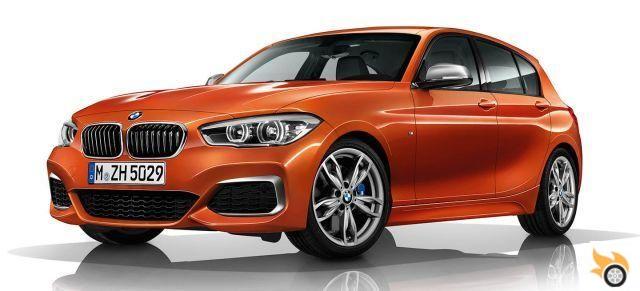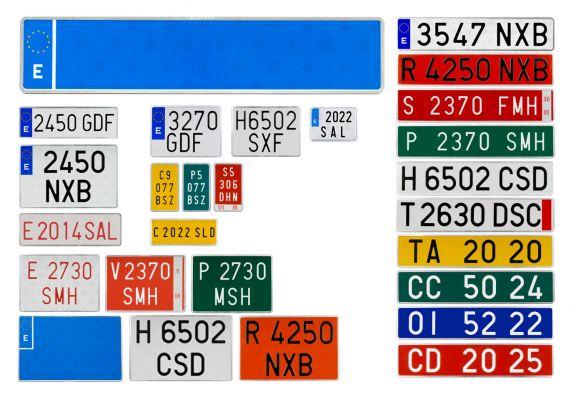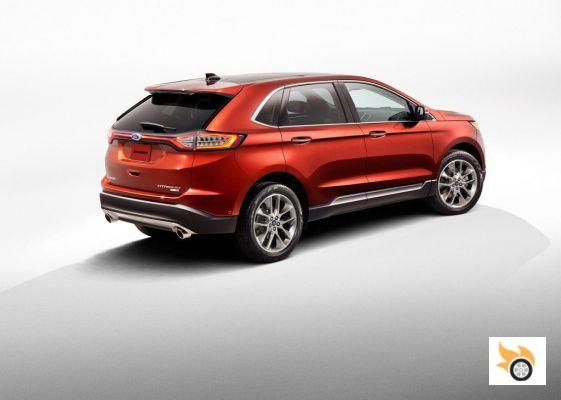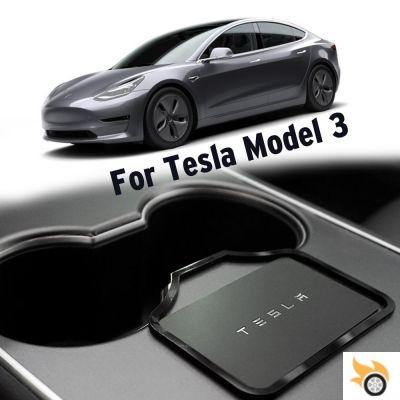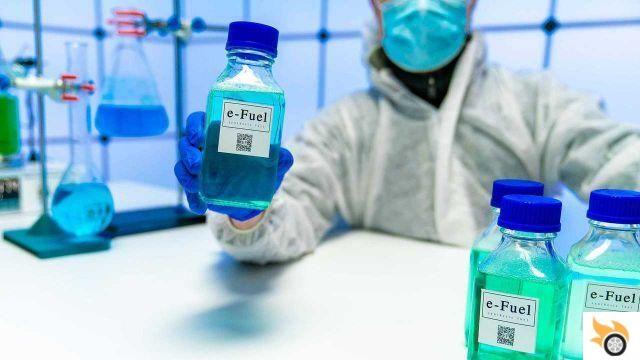
Everyone is talking about e fuel (or eFuel) and the European Commission itself, after a long tug of war with Germany, would have convinced itself to authorize its use to fuel internal combustion cars produced after 1 January 2035 (here the news).
But these synthetic fuels "carbon neutral" (also so-called electrofuels) will they really be able to "save" petrol and diesel cars that seemed destined to become extinct in 12 years, leaving the field free for electric cars?
In this article we try to clarify and to avoid further misunderstandings, we specify that we will talk about e-fuel and not biofuels which are something else, as we will explain in another study.
Before starting, it is useful to reiterate that the European legislation which from 2035 will impose the sale of zero-emission cars applies only for new vehicles. The cars with internal combustion engines that we will purchase until 31 December 2034 will be able to continue to circulate, refueling with petrol and diesel.
e-fuels: do they really exist?
But let's go back to the question: do e-fuels exist? The answer is not yet, because synthetic fuels not available in road distributors and also manufacturing plants are hardly 18 all over the world (here the complete list), including experimental plants (source: eFuel Alliance).

As for the second question and that is if e-fuels will save the endothermic engine, the theoretical answer is yes, the practical one is hardly.
In fact, it must be considered that the car industry develops industrial plans well in advance and most of the manufacturers have officially announced that the internal combustion engine will be abandoned well before 2035. If only because it would not be sustainable to invest simultaneously in the development of technology for electric cars (engines and batteries) and in that of traditional engines.
There are many manufacturers who are moving away from petrol and diesel to pure electric, often setting the goal of making the transition well before 2035.
e-fuel for everyone or just a few?
However, many doubts remain regarding the economic and environmental sustainability of a future and possible industrial-scale production of synthetic fuels, according to supporters very promising and convenient, but for detractors inefficient and wasteful for cars.

But let's see quickly What are these e-fuels, how they are produced and what are the arguments presented respectively by the promoters and opponents of synthetic fuels, two opposing lobbies on their use in the car.
e-fuel: how they are produced
To simplify the concept as much as possible, e-fuels are produced by chemically combining hydrogen and carbon dioxide. L'hydrogen it is obtained by electrolysis from water and to do so you need a lot of electricity and a lot of water. For synthetic fuels to be truly carbon-neutral, this electricity needs to come from renewable energy sources such as solar, wind, geothermal, hydro or tidal energy, but certainly not from fossil sources (oil, gas, coal).

In the second stage of the process the hydrogen is combined with the hydrogen, using for example the Fischer-Tropsch synthesis CO2 extracted from the air in a high-pressure catalyst with the CO2 extracted from the air and converted into a liquid energy carrier: eFuel, in fact, which is none other than synthetic methanol to be transformed with further refining processes into e-Gasoline, e-Diesel, e-Gas or e-Kerosene depending on the intended uses.
The idea behind the carbon neutrality of e-Fuel is that for their production carbon dioxide is taken from the atmosphere and that during use in internal combustion engines it is emitted the same amount of CO2 related to the creation of synthetic fuel. In theory, all cars on the road today could run on petrol or synthetic diesel, but as mentioned it is not yet available at the pumps and perhaps will not be for a long time.
e-fuel: why yes
Among the main supporters of the use of eFuel in cars is the eFuel Alliance, an interest group that promotes the industrial production of these synthetic fuels and brings together, among others, big names in the energy, components and transport sectors such as Exxon Mobil, Repsol, Eni, Neste, Siemens Energy, Bosch, Mahle, ZF , Iveco and Mazda.

- All over the world there is potential for sufficient renewable energy which can be stored using eFuels and distributed through existing infrastructure (refineries, tankers, pipelines, service stations).
- Using eFuels, cars with conventional gas, diesel and petrol engines could be already neutral today from the point of view of CO2 emissions.
- eFuels can be brought to market quickly and then returned readily available to consumers. There is no need to build a new and expensive infrastructure.
- They represent a valuable contribution to the significant reduction of CO2 emissions from road traffic.
- They can be easily stored and transported over long distances without any loss of energy. They solve a central problem of the energy transition: the impossibility of continuously introducing renewable energy into the grid and therefore always having it available.
- eFuels emit an amount of nitrogen oxides and particulate significantly lower than conventional fuels.
- The energy efficiency of a car powered by e-Diesel produced from renewable sources in North Africa is of 46% (against 77% for an electric car powered by renewable energy produced in Germany), therefore higher than what is reported by other publications.

The key issue reported by the European eFuel lobby itself concerns the political and regulatory framework necessary for the mass production of these fuels, a situation summarized as follows:
“eFuels have been extensively researched and the scientific and technical expertise for market startup is in place. However, the necessary policy conditions to enable industrial-scale production of eFuels such as CO2-based fuel taxation or the accreditation of eFuels as a climate-neutral fuel in road transport.
If market conditions and production rules are right, eFuels can start being produced in 2025 and scale up to allow for the complete replacement of conventional fuels in 2050."
A final consideration made by the eFuel Alliance concerns the price level of synthetic fuels in the coming years, also in relation to petroleum derivatives. According to the estimate made to the alliance, once the necessary production volumes and the relative economies of scale have been reached, the production cost (not the retail price, Editor's note) in 2025 of a liter of petrol with 4% eFuel would be among 1,61 and 1,99 euros, to then drop in 2050 to a range of 0,70-1,33 euros/litre.
e-fuel: why not
- In 2035 in Europe the availability of synthetic fuels will be so high limited to power just 2% of the cars on the road, i.e. just 5 million cars out of a total of 287 million circulating on European roads.
- Car e-fuels are just a "Trojan horse" used by oil companies and internal combustion engine manufacturers to delay the transition towards zero emission technologies.
- Industry plans to import carbon-neutral synthetic fuels on a large scale are unrealistic since there are no facilities of production nor global standards to certify these fuels. It would also slow down the effort of less developed economies to decarbonise their own transport and energy sectors.
- Vehicles powered by synthetic fuels, however, have a environmental impact significantly higher than that of electric cars. In fact, starting from 2030, according to a recent analysis conducted on the entire life cycle of the product, the latter will emit 53% less CO2 than vehicles that use e-fuels.
- The combustion of these fuels – chemically the same as fossil hydrocarbons – will not help reduce toxic emissions from what remains one of the main sources of air pollution. Laboratory tests have shown that cars powered by e-fuels release the same amount of nitrogen oxides emitted by traditional vehicles.
- The production of synthetic fuels will continue to be particularly expensive for several more years, with an average cost of use over five years per motorist exceeding by more than 10.000 euros that incurred in the same period of time to power an electric car.

Talking with Charles Tritto, Policy Officer of Transport & Environment, we then collected other considerations and food for thought on the problems associated with the diffusion of eFuel in the automotive sector. Tritto recalled that electrofuels are wasted in cars and that their use, like that of green hydrogen, must be reserved for the decarbonisation of those sectors where there are no alternatives, such as air and sea transport which are not easily "electrifiable".


Also, according to a study by Ricardo Energy & Environment reported by T&E:
"Powering just 10% of cars, vans and small trucks with hydrogen and another 10% with synthetic diesel would require 2050% more renewable energy by 41 than if the same vehicles were electric at battery. And that would require new offshore wind farms the size of Denmark."
A final aspect, underlined by Tritto himself, concerns theinefficiency of an eFuel-powered car versus an electric one. To demonstrate the low efficiency of an internal combustion engine, the T&E manager recalls that:
"If the value of renewable energy used is taken as 100, the efficiency of an electric car already reaches 77% today, while a car powered by synthetic e-Petrol reaches 16% and one powered by synthetic diesel e-Diesel reaches a maximum 20%.
In short, for the same functioning, a traditional car powered by eFuel requires three or four times more energy than a pure electric car."





